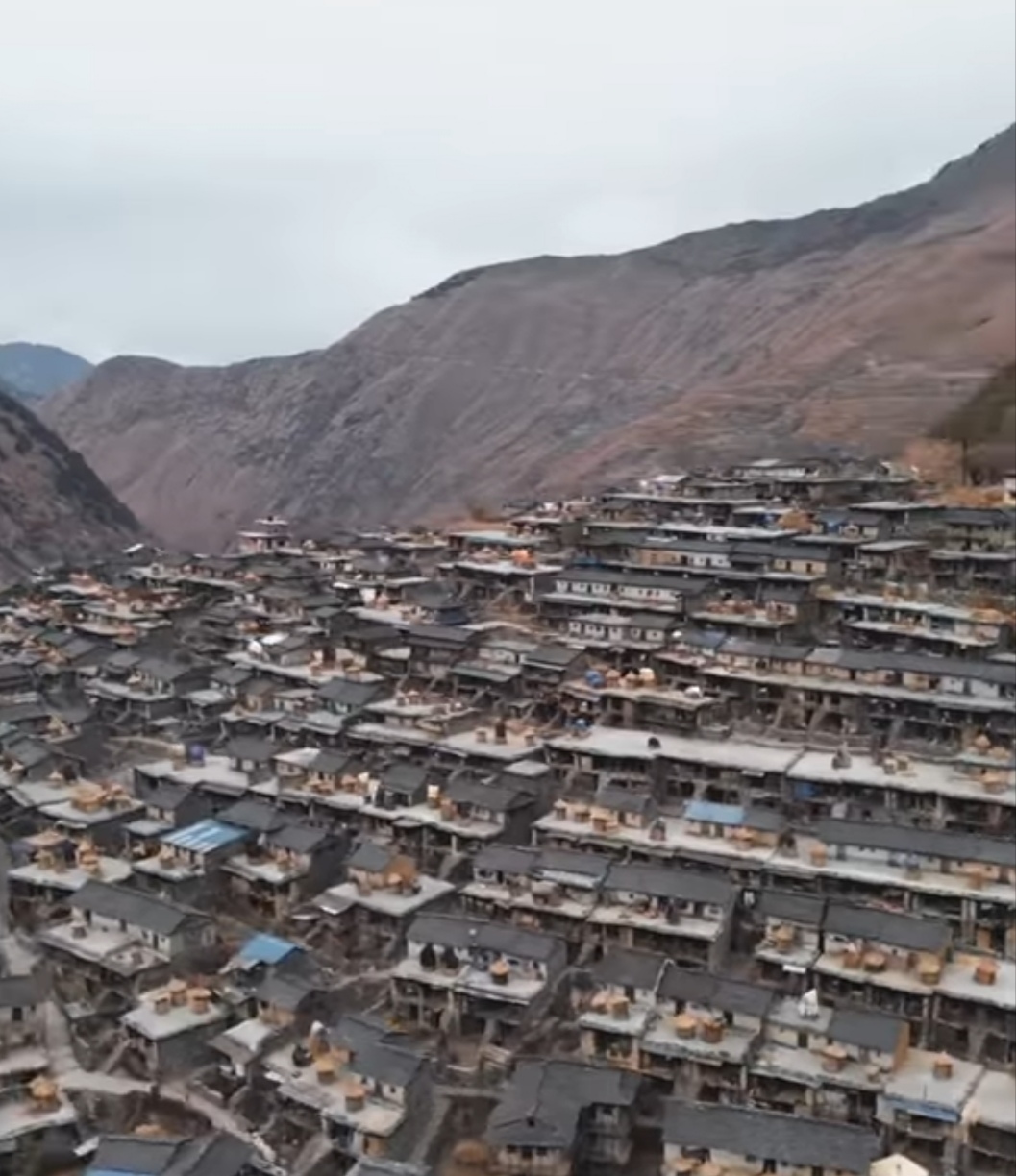Nestled in the serene landscapes of Rukum East in Lumbini Province, Nepal, Takasera is a place of historical and cultural significance. Formerly a Village Development Committee (VDC) in the Rukum District, Takasera has now been integrated into the Putha Uttarganga Rural Municipality (Ga.Pa.), under wards 10 and 11, following Nepal's federal restructuring.
Demographics and Village Clusters
According to the 2011 Nepal Census, Takasera had a population of 3,698 individuals residing in 902 households. It comprises six clustered villages:
1. Taka
2. Upallo (Upper) Sera
3. Lower (Down) Sera
4. Bachigaun
5. Ghumlibang
6. Damchan and Tupa
These villages, situated in different locations within the original Takasera VDC, showcase the unique rural architecture and community lifestyle of western Nepal.
Natural Beauty and Tourism Potential
Takasera offers breathtaking views of the Himalayas, lush greenery, and a tranquil environment, making it an ideal place to live and visit. The area's untouched natural beauty, combined with its rich cultural heritage, has significant potential for eco-tourism. Its peaceful surroundings make it a hidden gem for nature lovers and adventurers seeking off-the-beaten-path destinations.
Cultural and Historical Importance
The clustered villages of Takasera are home to diverse communities, each contributing to the area's vibrant cultural tapestry. Local festivals, traditional practices, and indigenous crafts are integral to the identity of Takasera.
Opportunities and Challenges
With its inclusion in the federal governance system, Takasera has the opportunity to develop its infrastructure and improve the quality of life for its residents. However, challenges such as road connectivity, access to basic services, and preservation of cultural heritage need attention from local authorities and stakeholders.
Call for Sustainable Development
To ensure Takasera's growth aligns with its natural and cultural preservation, a sustainable development approach is essential. Promoting eco-tourism, investing in education and healthcare, and supporting local businesses can contribute to the region's progress while maintaining its authenticity.
Conclusion
Takasera, with its picturesque landscapes and cultural richness, deserves recognition as a destination of beauty and significance. It is not only a place to explore but also a community that represents the harmony of tradition and nature in Nepal.